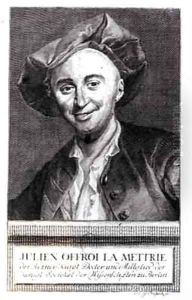Johann Christian Gottfried Fritzsch Paintings
Johann Christian Gottfried Fritzsch was an 18th-century German painter, primarily known for his work as a portraitist. Born in 1720, Fritzsch's early life and training are not well-documented, but it is believed that he was active during the period of the Enlightenment in Europe, which was marked by a rise in the importance of reason, science, and the rights of the individual.
While specific details of his artistic education are unclear, Fritzsch likely apprenticed under a local artist or attended an academy, as was common for artists of his time. He would have been trained in the fundamental techniques of drawing, painting, and possibly engraving. Fritzsch developed a style that reflected the artistic trends of the time, which included a move away from the ornate and grandiose styles of the Baroque toward a simpler, more naturalistic approach that was becoming popular in the Age of Enlightenment.
Throughout his career, Johann Christian Gottfried Fritzsch focused on portrait painting, which was a highly sought-after genre during the 18th century. Portraits were commissioned by the bourgeoisie, nobility, and clergy to display their wealth, power, and status. Fritzsch would have worked to capture not only the physical likeness of his subjects but also their character and social position. Although not as widely known as some of his contemporaries, his work contributed to the rich tapestry of German portraiture of the period.
Little is known about Fritzsch's personal life or his impact on his contemporaries. His death in 1802 marked the end of a career that spanned a turbulent time in European history, including significant cultural and political changes. Due to the scarcity of records, Fritzsch's work is not as well known today, and his legacy rests in the hands of art historians and collectors who seek to preserve the art and cultural history of the period in which he lived.
